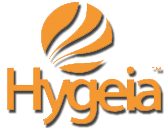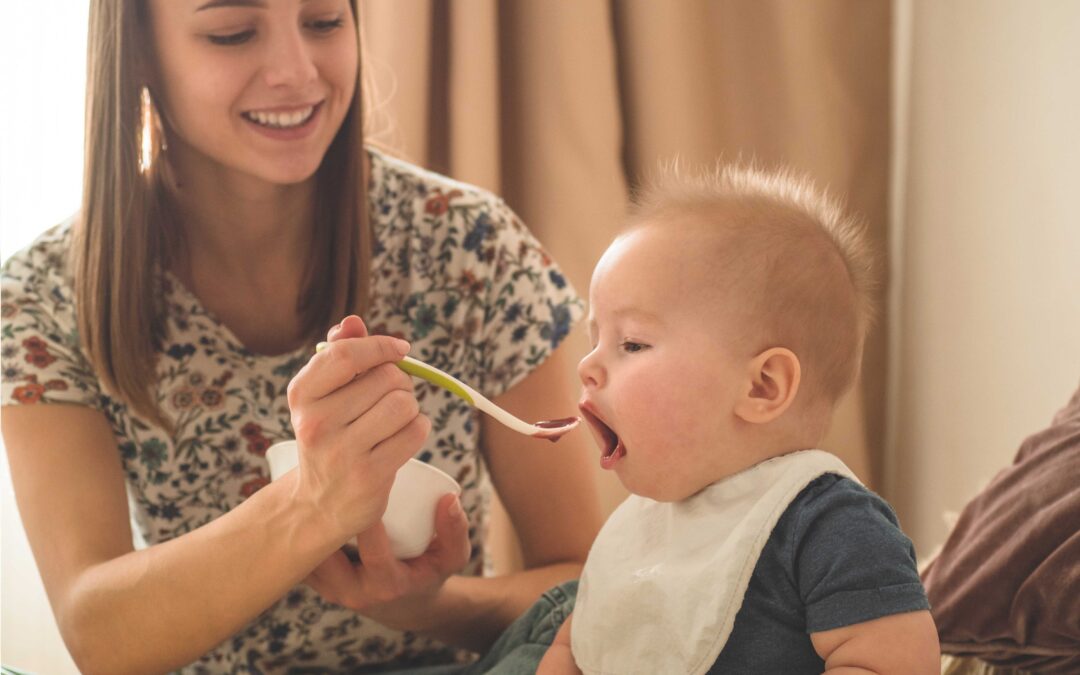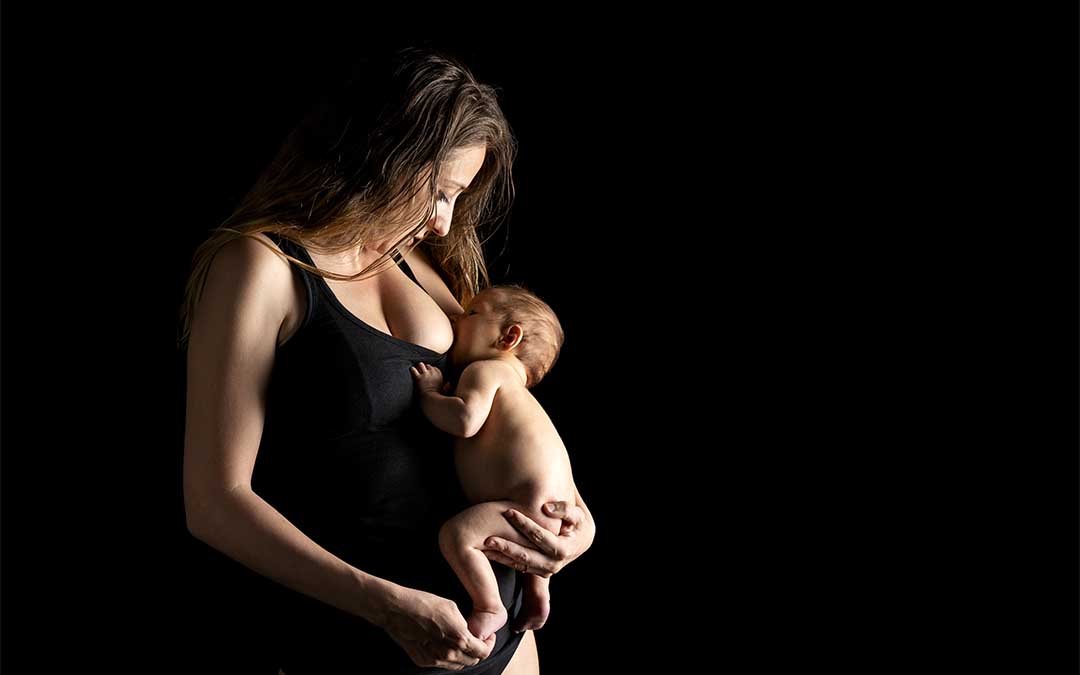
How To Baby Proof Your House: A Checklist for Expectant Parents
Between all the medical appointments, the books on parenting, looking for a daycare, and all of the rules about car seats, preparing for a child can be an overwhelming process.
Perhaps the most exhausting step is making sure that your entire house is baby proof. As many parents would tell you, babies have a knack for finding that “one hazard” that somehow got overlooked during the baby proofing process. That’s why it’s important to know how to properly baby proof a home, and to double-check your steps while you’re doing it.
Whether you’re a first time mom, or it’s been a while since you’ve been preparing for a newborn, here’s a helpful checklist to make sure you’re remembering all of the most important baby proofing basics:
Around the House: Baby Proofing Basics
There are a few things you’ll want to check on in every room of the house:
- Baby Gates: Use them on both the top and bottom of any stairs, as well as in doorways to any areas you don’t want a baby to access.
- Corners and Edges: Pointy corners and sharp edges can be dangerous for a little one, especially when they start to crawl around. Get bumpers and safety pads to cover furniture and sharp edges.
- Doors and Cupboards: Use doorstops, door holders, child proof cupboard locks, child proof drawer locks, and child proof door knobs to keep anything within baby’s reach either closed, or to prevent it from catching their fingers. This is also good preparation for when they’re a toddler and prone to exploration.
- Furniture: Secure furniture to the wall just in case someone decides to go climbing!
- Slipping: Put no-slip mats both on slippery floors and underneath rugs. Attach no-slip stickers to the bottom of the bathtub to prevent slipping while bathing.
- Things That Dangle: Organize or remove anything that dangles. Table cloths can pull items down onto baby, and strings could become a choking hazard. Remove the cords from blinds and consider tying curtains up off the floor.
- TVs and Cables: Now is the time to start securely mounting TVs to the walls, as well as to start finding ways to hide and organize cables. Whether you’re bundling them behind furniture or securing them to walls higher than little fingers can reach, you should never leave cables hanging around. Additionally, make sure to place child proof covers on all accessible outlets.
The dangers you want to look out for around the main areas of the house are: falling, opening, closing, sharp, climbing, and choking hazards. Check everything that could be potentially harmful, even if it feels benign as an adult.
Bedrooms
The way you need to baby proof a bedroom depends on whether it’s actually being used for sleeping, as an office, exercise room, or for another purpose. Unless it’s a room actively used for spending time with baby, you’ll probably want to restrict access to bedrooms as much as possible, especially if they’re being used as an office or exercise room. Childproof door handles and locks are ideal, as are baby gates. Nevertheless, you’ll still want to make sure everything inside these rooms are childproofed — just in case. For bedrooms, follow all the general safety steps above.
For offices:
- Childproof all drawers and cabinets.
- Be diligent about hiding or lifting power cables and covering electrical outlets.
- Be careful with rolling chairs.
For exercise rooms:
- Store all weights in a safe place, out of reach of children, ideally with child proofed access.
- Make sure exercise machines have their own storage space, inaccessible to little hands. For larger machines, consider coverings or further restricting access near joints and moving parts.
Nursery
Then nursery is where you’ll be spending a lot of time with your new baby. It’s extra important to triple check that everything in here is super safe!
- Keep the crib away from: furniture, cables, heaters, vents, windows, and curtains.
- Keep all objects, such as pillows, comforters, toys, bumpers, etc, out of the crib while the baby is still a newborn.
- Make sure there are no gaps between the mattress and the side of the crib. Use one tight fitting sheet only.
- Secure dressers, bookshelves, and other heavy items of furniture to the wall.
- Keep everything you need for changing within your reach of the changing station, but not within baby’s reach.
Bathrooms
Bathrooms are full of all sorts of hazards, so take extra care with them.
- Clamp Everything Shut:
- Bathroom cabinets and drawers often contain harmful cleaning chemicals and other hazards which are dangerous when consumed. Child proof all of the areas containing these products.
- The toilet seat should be clamped shut at all times when the toilet isn’t in use. Babies are top heavy and prone to falling over, and can drown in as little as an inch of water, so toilet bowls could be very dangerous.
- Baby should never be in the bathroom unsupervised. Child proofing the bathroom door is a must.
- Put non-slip mats in the bathtub and on the floor.
- Leave nothing out or plugged in. Medication, cleaning supplies, even toothpaste and soap, should be stored out of reach and should not be left out. Hair dryers and straighteners shouldn’t be left plugged in, and should always be put away — the same goes for razors, scissors, and anything else sharp.
- Put rubber protectors on the bathtub faucet.
- Install ground-fault circuit interrupters on all bathroom outlets if they didn’t come installed already.
- Be very careful about water temperature. Use a thermometer to make sure bathing water is no hotter than 120 degrees fahrenheit, set a limit on your water heater, and use an anti-scalding device on the faucet.
Kitchen
Like bathrooms, kitchens are full of hazards to babies and children. There are simply too many sharp, heavy, electrical, and hot appliances and utensils to be wary of, and, unfortunately, it can be a lot harder to control access to a kitchen. Nevertheless, follow the advice below, especially when it comes to cupboards and drawers:
- Unplug small appliances, like toasters, when they’re not being used, and make sure the cords aren’t left dangling. It might even be a good idea to find a cupboard for them to live in when they’re not being utilized.
- Store dishes and glassware, knives, cleaners, heavy objects, and all other hazardous kitchenware in a secure, out-of-reach cabinet or cupboard at all times.
- Put child locks on the fridge, oven, dishwasher, and the garbage can.
- Place protective covers on the stove dials, and get into the habit of using the back burners instead of the front.
Living Room and Family Room
Most of the worry in these rooms comes from electronics, shelves and entertainment centers, recliners, and objects on surfaces. Be diligent about cord organization and clamp everything to the wall if it might tip.
- Move tall lamps behind furniture to restrict access.
- If you have a fireplace, get a fireplace cover.
- Get ready for climbing, bumping, and falling. Cover all corners and edges low to the ground. Get down on your hands and knees and wander around the room looking for dangerous spots.
- Beware of recliners; little hands can get stuck in moving parts.
- Clear away decorations from flat surfaces to discourage curious exploratory climbing.
- Limit use of the coffee table if you have one. If it’s on the coffee table, it can be reached.
Laundry and Utility Rooms
Ideally, baby should have zero access to these kinds of rooms, as they often contain toxic chemicals, and dangerously heavy appliances, machinery, tools, and more.
- Store everything up high or in a child proofed cabinet. Don’t leave laundry soap out, and make sure cleaning supplies are secure.
- Store vacuum cleaners, mops, and anything else that might fall over in a properly protected closet.
- Baby proof your washer and dryer with child locks. Newer ones come with them installed, but you might need to purchase them separately for older models.
- If you have cats, keep kitty litter trays in a room that baby doesn’t ordinarily have access to. Consider placing them up off of the floor, so that the cats can get to them, but baby can’t.
Getting the House Ready For Baby
Preparing to welcome a baby doesn’t just require baby-proofing — you still want to be comfortable in your new setup, and you’ll need to keep the baby’s comfort in mind as well. Here are some more general items to review, as well as a few extra things you’re likely to need.
Smoke Detectors
Make sure your detectors are up to date, up to code, working, and have fresh batteries. Get a carbon monoxide detector if you don’t already have one, and make sure there is a smoke detector on every level of the home.
Nursery Gear
It’s amazing just how much newborns eat and sleep. You’ll want to make sure you have the right nursery gear so that your baby grows healthily:
- Have you decided how you plan to feed baby? If you’re going to be pumping, make sure you’ve got a breast pump ready to go.
- Reading and singing to baby is a great way to spend quality time with them, especially to sooth them to sleep. Start collecting baby books and maybe some song lyrics you like.
- A comfortable armchair for reading and rocking.
- You’ll want a baby monitor so that you can hear and see the baby at all times when they’re in the nursery.
- You may want to consider equipping the nursery with its own child proofed garbage for dirty diapers.
- Other basics include a: dresser, crib, night light, changing station and all the changing supplies.
In Case of Emergency
Last, but not least, there are a few things you’ll want to do in case of an emergency.
- Make sure emergency contact info and any pertinent medical info is accessible on your phone without having to get past the lock screen.
- Keep a bail-out bag with everything you and baby need to survive for a few nights just in case of emergency evacuation from the home.
- Keep a fully stocked first aid kit.
- Keep water, non-perishable food, and a non-perishable baby food alternative in case of power outages and other emergencies that might require you to stay put.







